Home>Interior Design>Should You Paint Your Ceiling The Same Color As Your Walls?
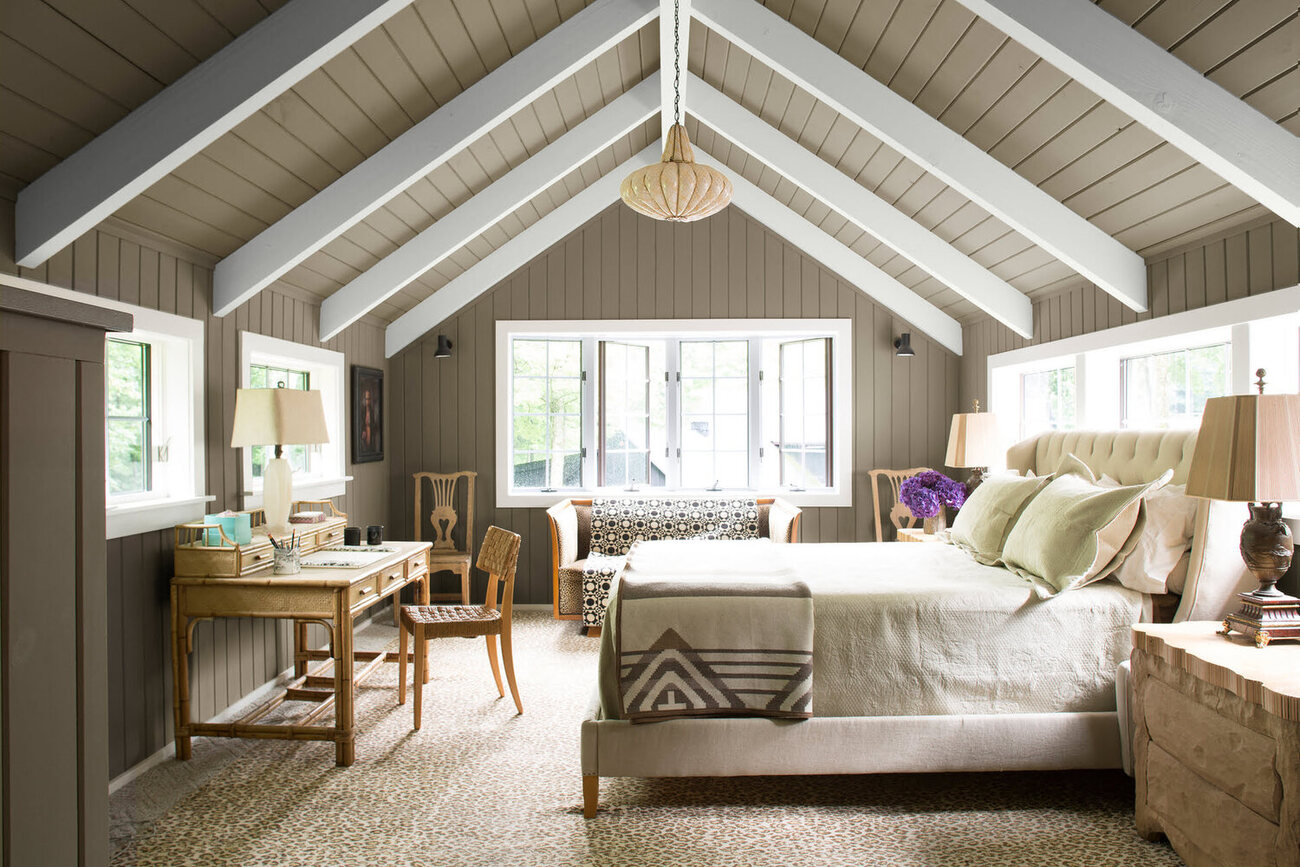

Interior Design
Should You Paint Your Ceiling The Same Color As Your Walls?
Modified: August 21, 2024
Discover the perfect interior-design solution for your space. Should you paint your ceiling the same color as your walls? Explore the pros and cons now.
(Many of the links in this article redirect to a specific reviewed product. Your purchase of these products through affiliate links helps to generate commission for Storables.com, at no extra cost. Learn more)
Introduction
When it comes to interior design, one question that often arises is whether or not you should paint your ceiling the same color as your walls. This design choice can have a significant impact on the overall look and feel of a space. While some homeowners prefer a cohesive look with the same color on both surfaces, others opt for a contrasting effect. In this article, we will explore the pros and cons of painting your ceiling the same color as your walls, discuss key factors to consider, and suggest alternatives to help you make an informed decision for your home.
Key Takeaways:
- Consider painting your ceiling the same color as your walls for enhanced visual continuity, height perception, and a streamlined look. It can create a cohesive and sophisticated aesthetic while offering flexibility with décor.
- If painting your ceiling the same color as your walls isn’t for you, explore alternatives like contrasting colors, textured ceilings, or ceiling murals. Embrace creativity and personalization to enhance your space’s design and reflect your unique style.
Pros of painting your ceiling the same color as your walls
Painting your ceiling the same color as your walls can offer several advantages in terms of aesthetics and design. Here are some of the key pros:
- Enhanced visual continuity: By using the same color on your ceiling and walls, you create a sense of visual continuity and harmony within the room. This can make the space feel larger and more cohesive.
- Height perception: Painting your ceiling the same color as your walls can give the illusion of higher ceilings. By eliminating the visual break between the two surfaces, you create a seamless flow that draws the eye upwards, making the room feel more spacious.
- Less visual distraction: When the ceiling and walls are the same color, there are no stark contrasts or visual distractions. This can create a more relaxing and serene environment, especially in rooms where you want to promote calmness, such as bedrooms or living rooms.
- Streamlined look: A monochromatic color scheme can lend a modern and minimalist aesthetic to your space. Painting the walls and ceiling the same color can create a clean and streamlined look that exudes sophistication.
- Flexibility with décor: When you have a uniform color on both the ceiling and walls, it allows you more flexibility in choosing furniture, accessories, and artwork. You can easily mix and match different styles and patterns without worrying about clashing with the colors of your walls and ceiling.
Keep in mind that the pros of painting your ceiling the same color as your walls may vary depending on the specific characteristics of your room and your personal style preferences. It’s always a good idea to consider your unique space and needs when making design decisions.
Cons of painting your ceiling the same color as your walls
While there are several advantages to painting your ceiling the same color as your walls, it is important to also consider the potential downsides. Here are some cons to keep in mind:
- Lack of contrast: Painting the ceiling the same color as the walls can result in a lack of contrast, which may make the room feel visually flat and less dynamic. Without distinct separation, the ceiling can blend into the background, losing its architectural presence.
- Loss of architectural features: If your ceiling has architectural features, such as crown molding or coffered ceilings, painting them the same color as the walls may cause these design elements to disappear. These details can add character and dimension to a room and painting them in the same color may diminish their impact.
- Accent colors may be limited: When the ceiling and walls are the same color, it can be challenging to incorporate accent colors into the space. If you prefer to have different colors for your furnishings, accessories, or artwork, a matching ceiling may limit your options and make it harder to create a cohesive color scheme.
- Imperfect ceiling surfaces: Ceilings are often not perfectly smooth, and painting them the same color as the walls can make imperfections more visible due to the lack of contrast. If your ceiling has cracks, bumps, or other flaws, a different color on the ceiling could help to disguise these issues.
- Reduced focus on the ceiling: If you have a unique or eye-catching light fixture, artwork, or architectural details on the ceiling, painting it the same color as the walls may diminish its impact. Choosing a contrasting color for the ceiling can help draw attention to these features and make them stand out.
Ultimately, the decision to paint your ceiling the same color as your walls should consider both the positive and negative aspects. It’s essential to weigh the aesthetics and design elements of your space to determine if the lack of contrast and architectural features is a trade-off you are willing to make.
Painting your ceiling the same color as your walls can create a cohesive and spacious look. It can also make the room feel more intimate and cozy. However, if you want to create the illusion of higher ceilings, consider painting the ceiling a lighter shade than the walls.
Factors to consider before painting your ceiling the same color as your walls
Before deciding whether to paint your ceiling the same color as your walls, there are several factors to consider. These factors can help you determine if this design choice is suitable for your space and personal preferences:
- Room size and ceiling height: The size and height of the room can play a significant role in the decision. In smaller rooms with low ceilings, painting the ceiling the same color as the walls can help create a sense of openness. In larger rooms with higher ceilings, maintaining a contrast between the ceiling and walls can add depth and visual interest.
- Lighting: The lighting in your space can affect how the color on the ceiling and walls appear. Natural light can bring out the nuances of color, while artificial lighting may have a different impact. Consider how your lighting choices will interact with the paint color and whether a matching ceiling will enhance or detract from the overall ambiance.
- Architectural features: Take note of any architectural features on your ceiling, such as beams, trims, or molding. These elements often benefit from a contrasting color, as it can highlight their design and add visual interest to the room. If you have unique features you want to showcase, consider a different color for the ceiling.
- Color palette: Think about the overall color palette you want to achieve in your space. If you have a specific color scheme in mind and want to incorporate contrasting or complementary colors, a different color on the ceiling can help achieve that desired aesthetic. If you prefer a monochromatic or minimalistic look, a matching ceiling may be more suitable.
- Personal style: Consider your personal style and the atmosphere you want to create in the room. Do you prefer a cozy and intimate space or a bright and open one? Your personal preferences and the overall mood you wish to create should guide your decision-making process.
It is important to assess these factors in conjunction with the pros and cons of painting your ceiling the same color as your walls. By considering the unique aspects of your space and your personal taste, you can make an informed decision that will enhance the overall aesthetic of your home.
Alternatives to painting your ceiling the same color as your walls
If you’ve decided that painting your ceiling the same color as your walls isn’t the right choice for your space, there are several alternatives you can consider. These alternatives can provide visual interest, contrast, and enhance the overall design of the room. Here are a few options:
- Contrasting color: Instead of matching the ceiling to the walls, choose a complementary or contrasting color. This can create a focal point, draw attention to architectural features, or add depth and dimension to the room.
- Accent wall: Another option is to paint one wall in a different color than the rest of the room. This can serve as a focal point and add interest without overwhelming the space. Consider selecting a wall that has a unique feature or serves as a backdrop for furniture or artwork.
- Textured ceiling: Instead of relying on paint color alone, consider adding texture to your ceiling. Textured ceilings can add visual interest and create a unique design element. Options such as popcorn, tray, or coffered ceilings can enhance the overall aesthetic of the room.
- Wallpaper or decals: If you want to make a bold statement or add pattern to your space, consider using wallpaper or decals on your ceiling. This can create a dynamic and visually captivating look, especially in rooms such as bedrooms or dining areas.
- Ceiling murals or artwork: To add a touch of creativity and personalization to your space, consider incorporating a ceiling mural or artwork. This can be a stunning focal point that adds visual interest and reflects your unique style.
These alternatives can help you achieve a visually appealing and well-designed space without painting your ceiling the same color as your walls. Explore different options, consider your personal taste, and don’t be afraid to experiment with different design elements to create a space that reflects your style and personality.
Conclusion
Deciding whether to paint your ceiling the same color as your walls is a design choice that should be carefully considered. While there are pros to creating a cohesive look and enhancing visual continuity, there are also cons to be aware of, such as the potential loss of architectural features and limited accent color options. It is important to take into account factors such as room size, ceiling height, lighting, and personal style when making this decision.
If you decide that painting your ceiling the same color as your walls is not the right choice for your space, there are alternatives to consider. Adding a contrasting color, creating an accent wall, incorporating textured ceilings, or using wallpaper and decals are just a few options that can bring visual interest and enhance the overall design of the room.
Ultimately, the decision to paint your ceiling the same color as your walls should be based on what best suits your personal style and the specific characteristics of your space. Consider the pros and cons, explore different alternatives, and don’t be afraid to experiment and make bold design choices.
Remember, your home’s interior design is a reflection of your personality and should create a space that you enjoy and feel comfortable in. Whether you decide to go for a matching ceiling or choose a different approach, the most important thing is to create a harmonious and aesthetically pleasing environment that you love coming home to.
Frequently Asked Questions about Should You Paint Your Ceiling The Same Color As Your Walls?
Was this page helpful?
At Storables.com, we guarantee accurate and reliable information. Our content, validated by Expert Board Contributors, is crafted following stringent Editorial Policies. We're committed to providing you with well-researched, expert-backed insights for all your informational needs.
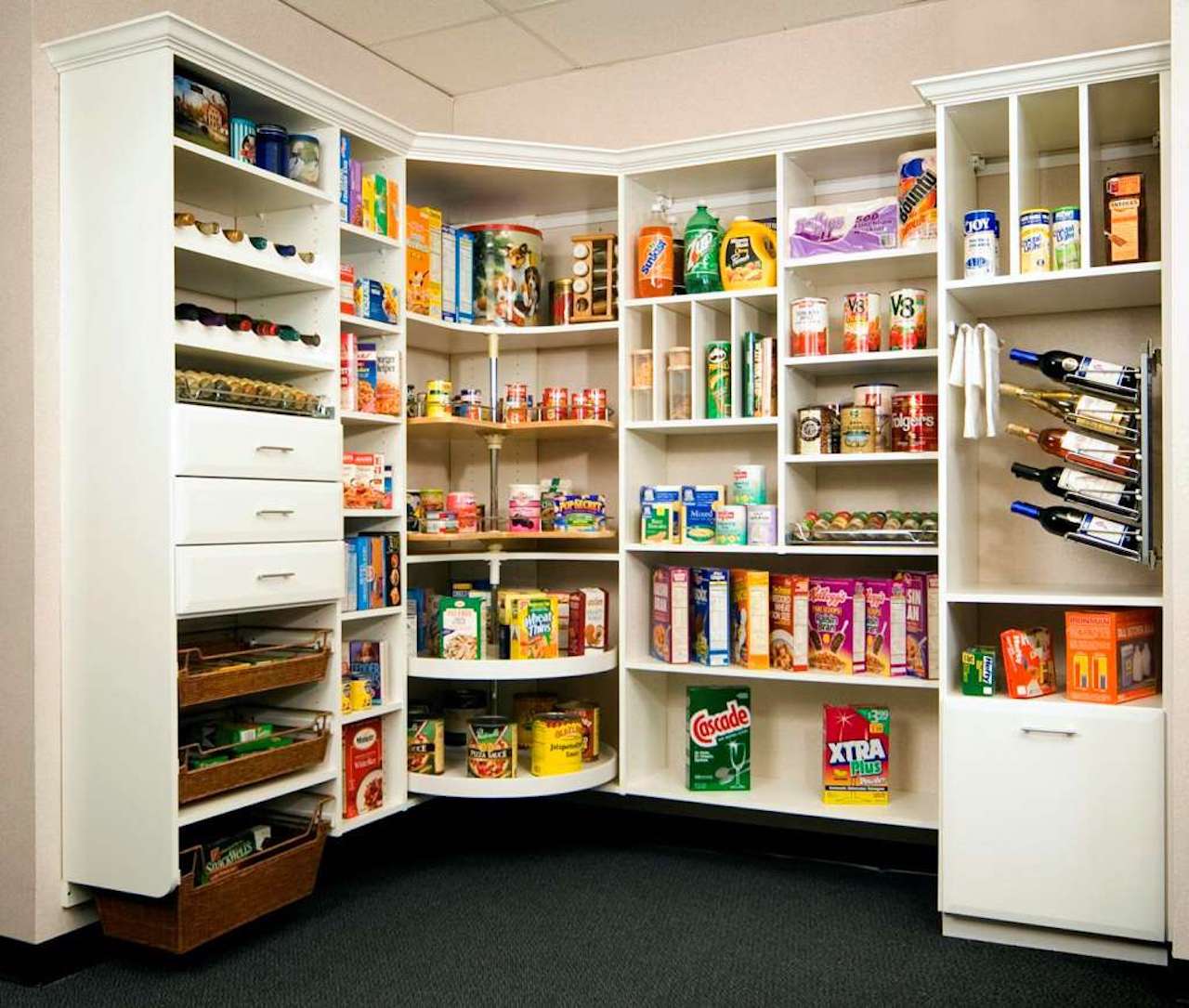


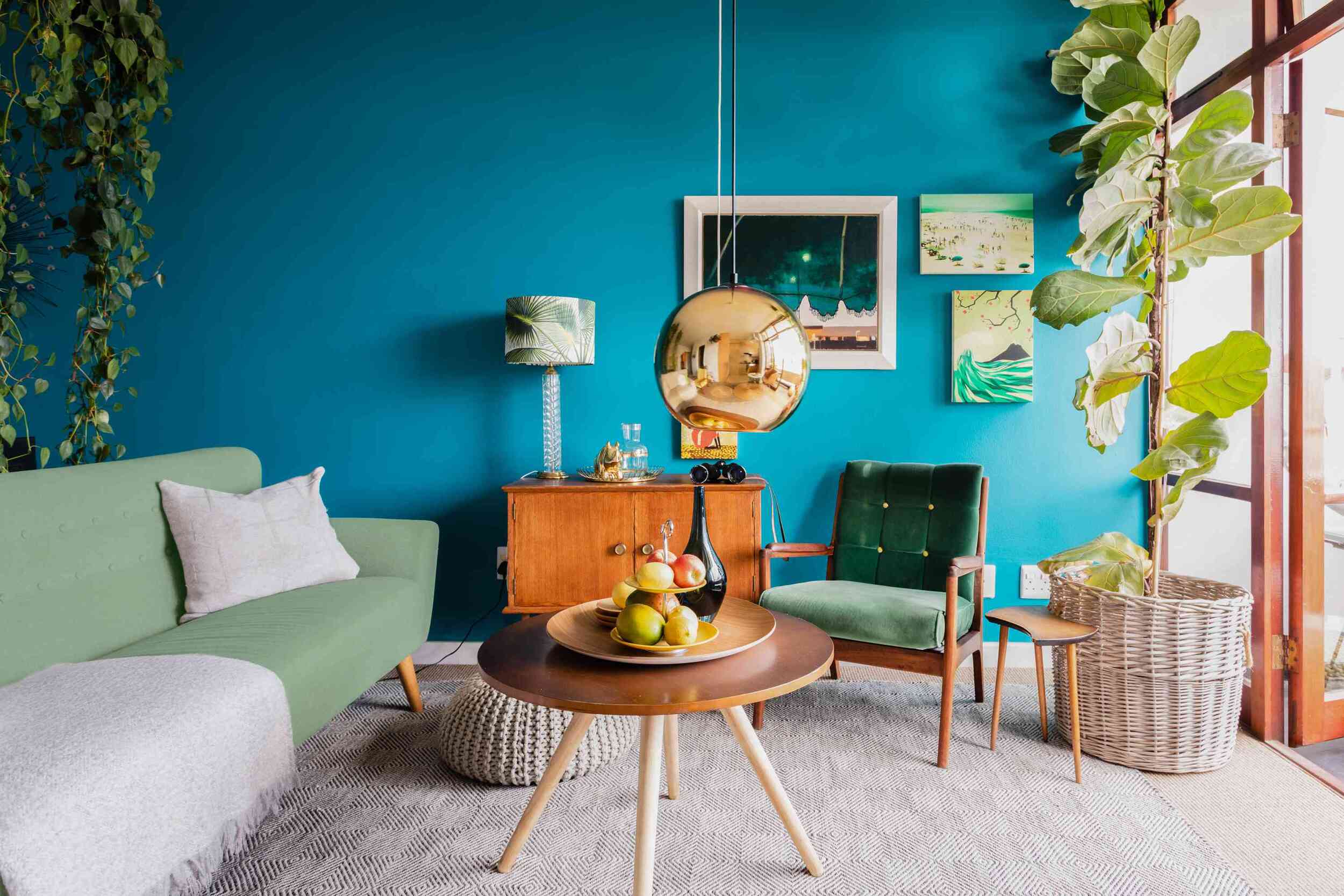


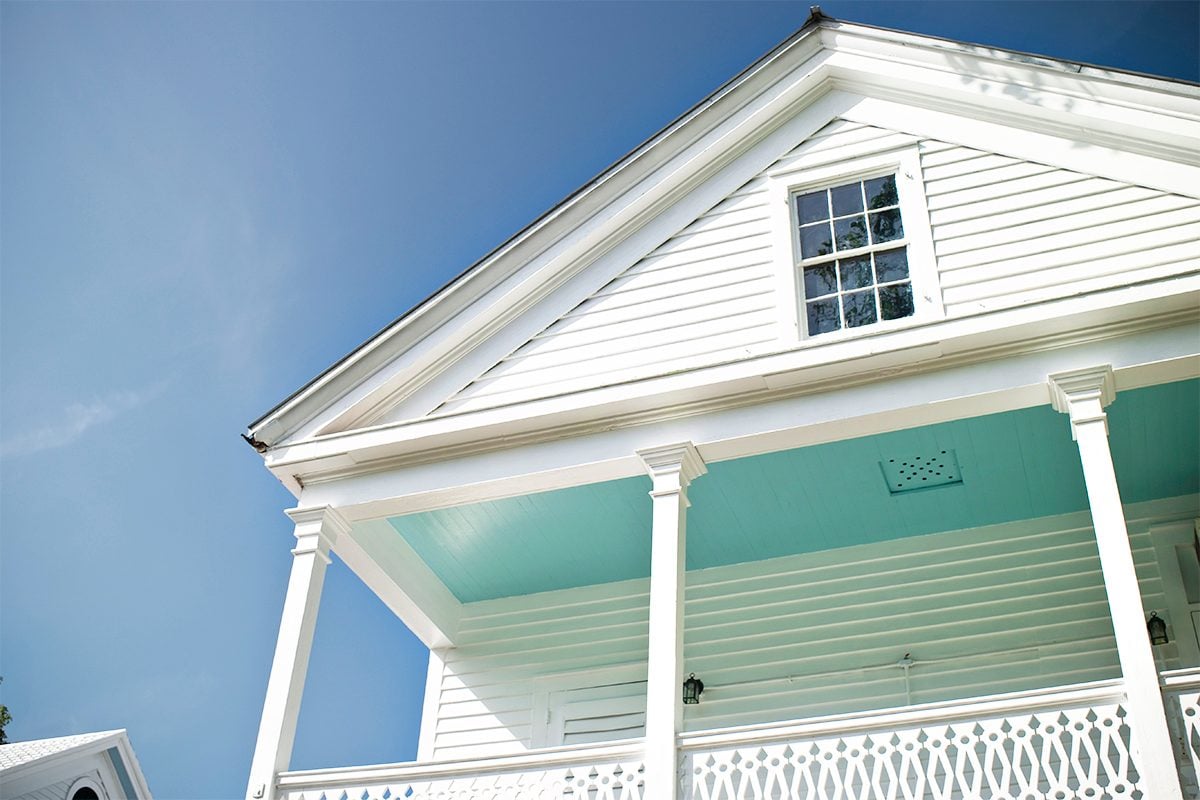
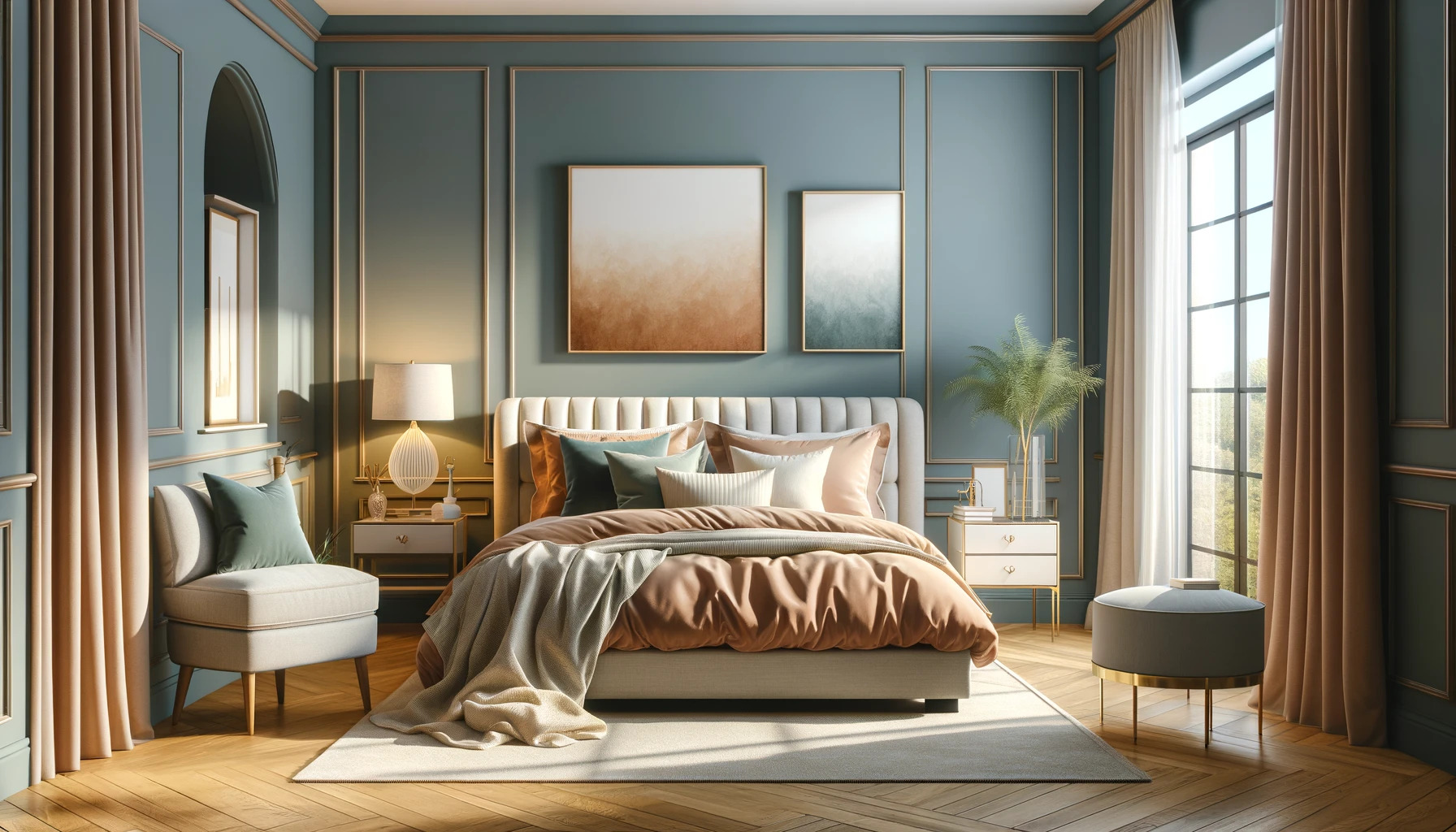
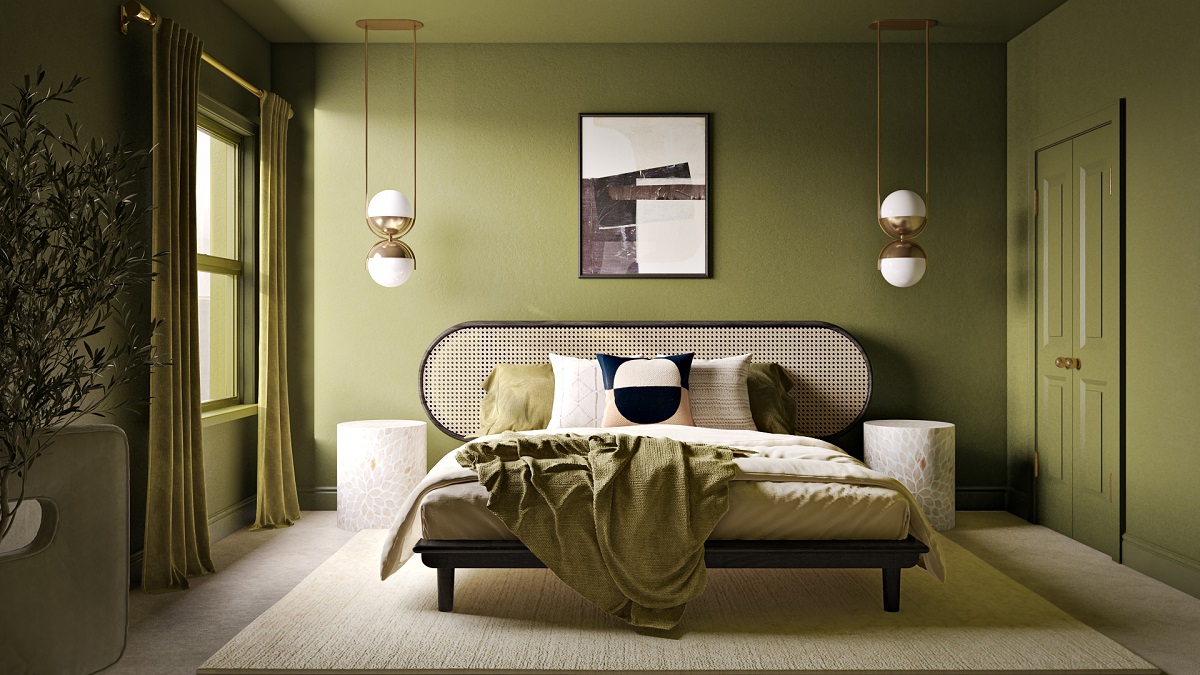
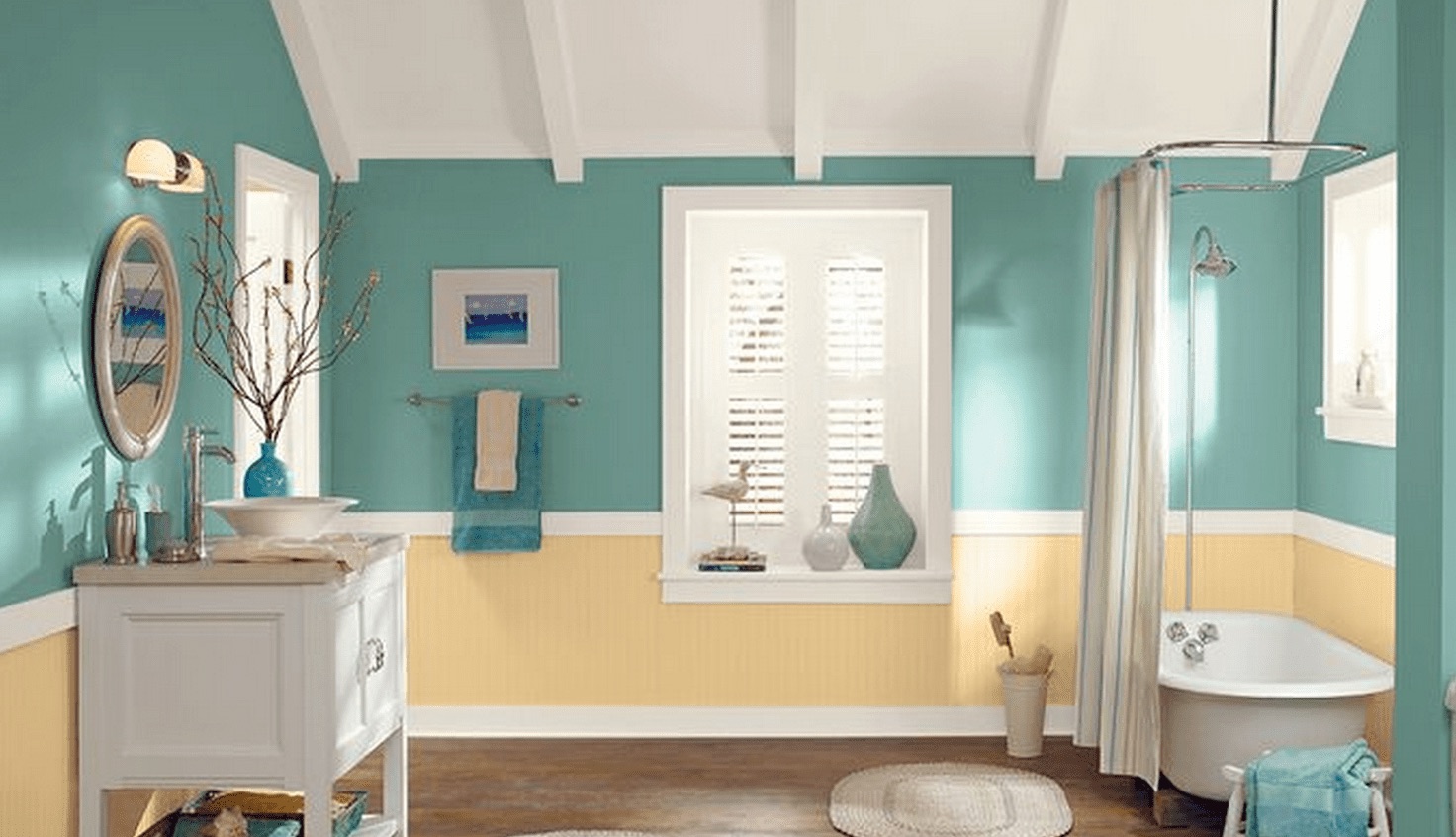
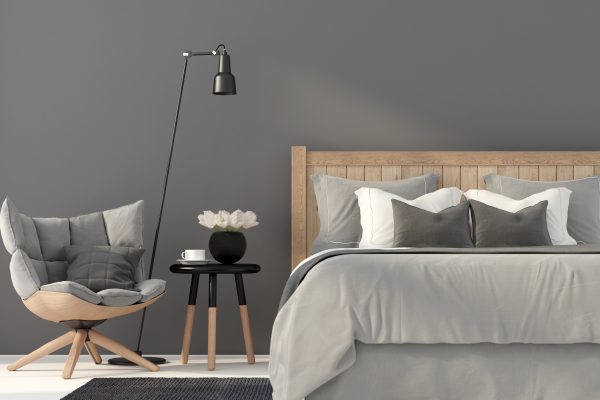
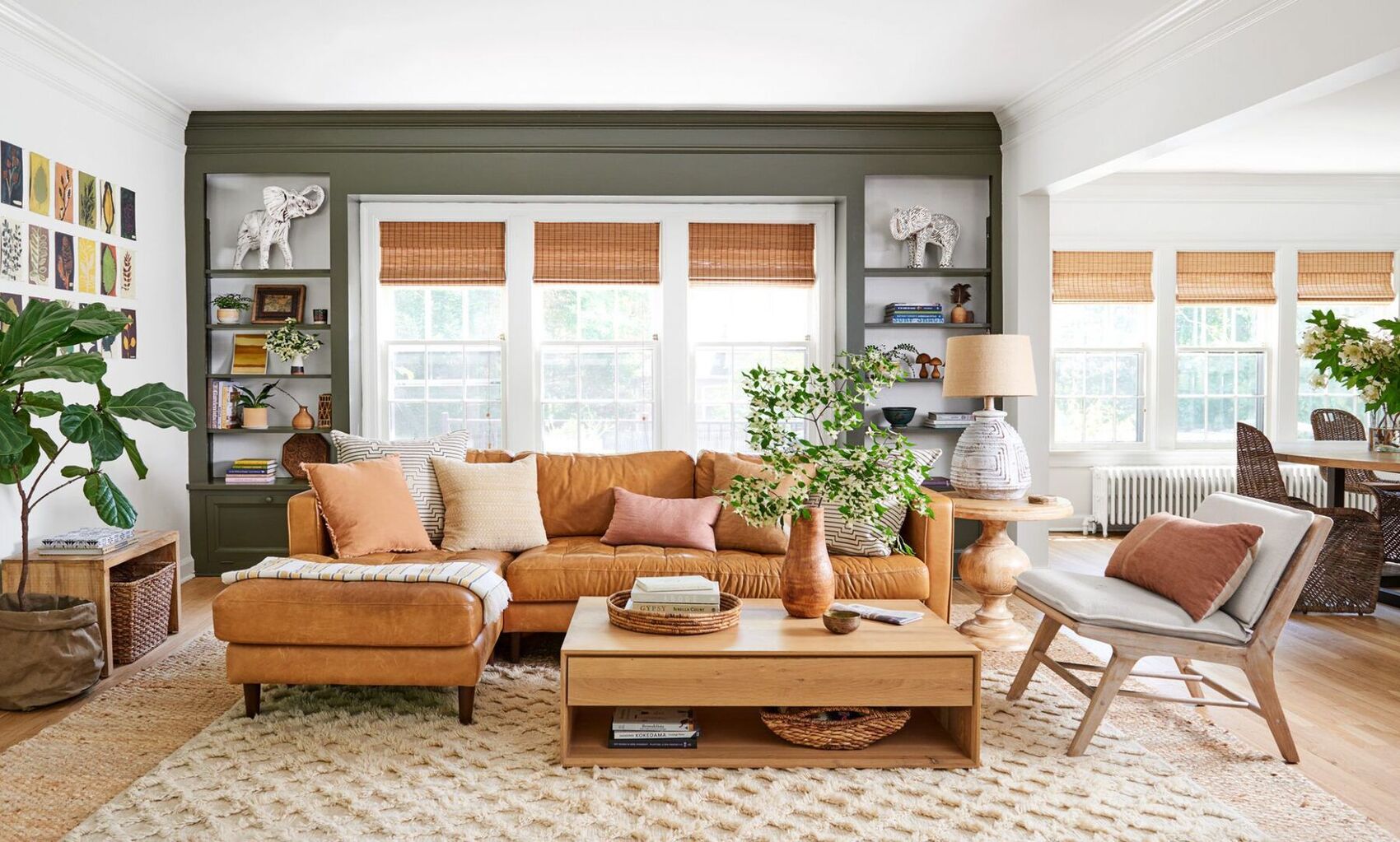
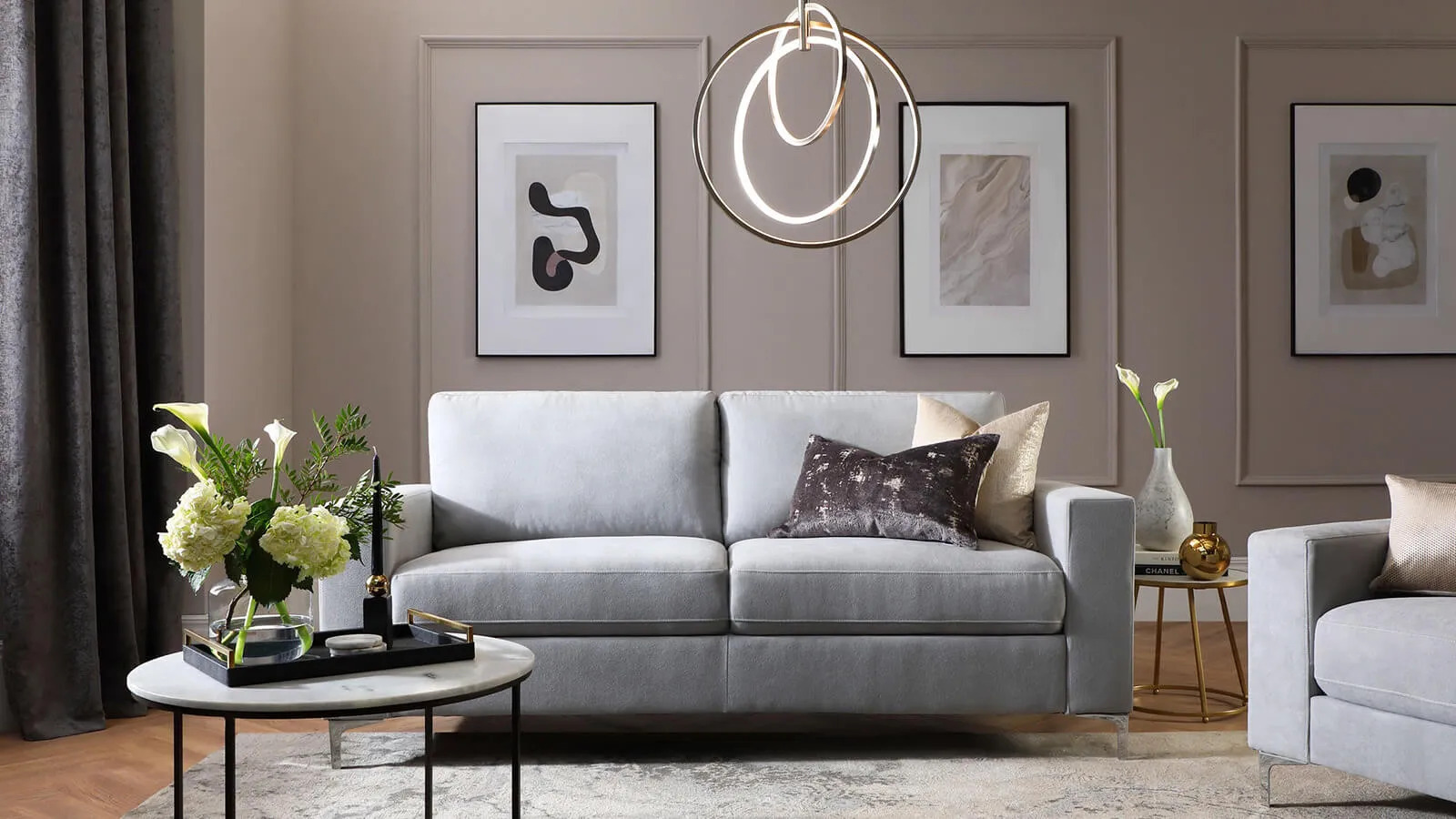
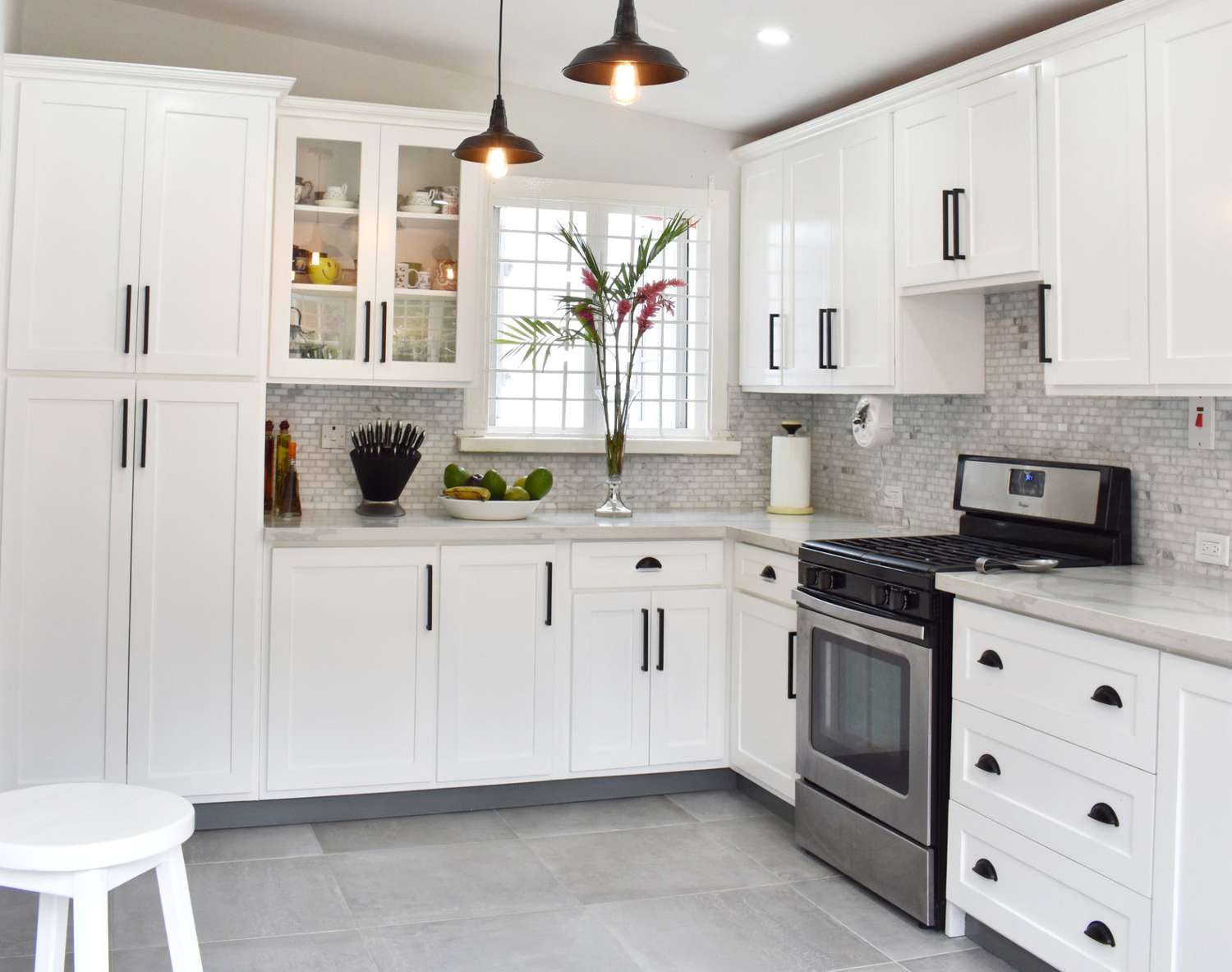

0 thoughts on “Should You Paint Your Ceiling The Same Color As Your Walls?”